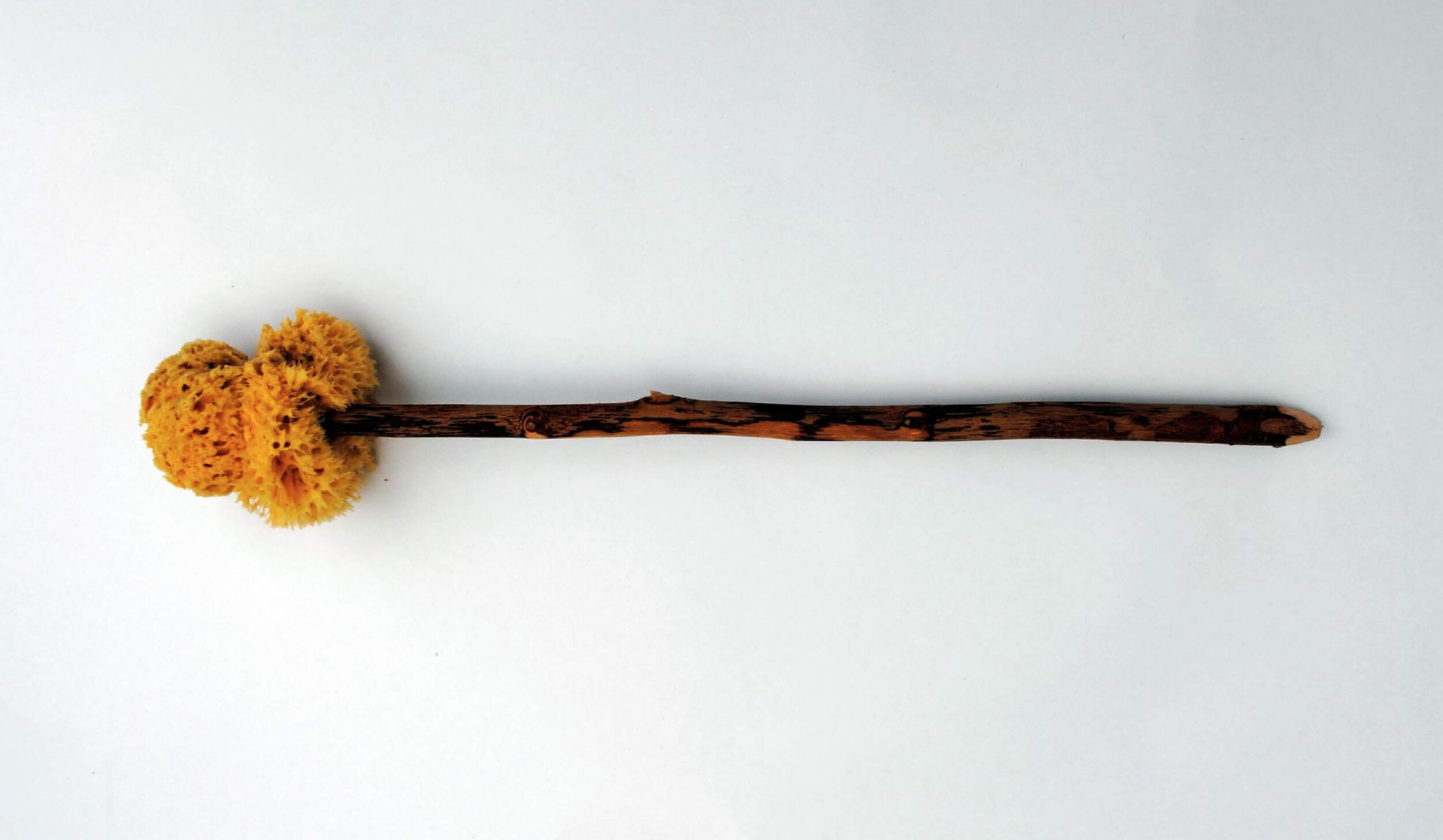While modern toilet paper wasn’t widespread until the mid-19th century, humans have had a myriad of different techniques and tools for wiping . So we compiled the ten funkiest, weirdest and most innovative methods for wiping before toilet paper rolls roamed the earth. We don’t recommend trying these at home.
1. Corn cobs
Dried corn cobs were plentiful in rural agrarian societies throughout history. According to Farmers’ Almanac, the corncob worked by turning on its axis to clean the region (you get the picture). Some outhouses in western US states still use this method. If you know someone who actually does this, please send them our way. We have so many questions.
2. Seashells
People who lived in coastal regions used seashells, oyster shells and clamshells for their wiping needs. We imagine this method was a real pain in the butt.
3. Sponge on a stick
The ancient (and wealthy) Romans used what’s called a “xylospongium”, which is essentially a sponge on a stick. The sea sponge attached to a handle was washed in a bucket of salt water or vinegar after each use. We don’t remember this scene from Gladiator.
4. Clay, rocks and dirt
Early humans used rocks, dirt and clay to clean their bums. This doesn’t seem like the most comfortable way to wipe, but we’re not completely sure if the idea of “comfort” was even invented yet.
5. Leaves, twigs and grass
Moss and grass have been used for centuries by people who lived off of the land around them. To be perfectly honest, moss doesn’t sound like the worst option on this list.
6. Pottery shards
A broken shard of pottery worked the same as a seashell or stone. Ancient Greeks utilized this technique and would sometimes inscribe the names of their enemies before using. Wonder if this is where people got the idea for that Trump toilet paper...
7. Telephone books
We here you— “Didn’t we have toilet paper when telephone books came along?” Well, not exactly. Toilet paper was still a luxury in many places. So, people without modern plumbing turned to telephone books, catalogs and old newspapers for their wiping needs. Could you imagine if blogs were around back then? Yikes. We’re glad our blog isn’t in print form.
8. Snow
Inuit and other populations in the Arctic regions used snow and ice for their wiping needs. Brrrrr, but also... refreshing?
9. A bucket
Long before the bidet made its grand entrance, the French had a simple yet effective solution: water! The method involved using a bucket of water, your hand, and a towel for drying off. This technique was quite popular across Europe and remains in use in some places today. Talk about keeping it old-school!
10. Perfumed paper
Back in 1391 China, the elite were already enjoying what we’d recognize as toilet paper—though it came in large, non-rolling sheets. This luxury item was a big deal, often perfumed to mask, well, you know, the smell. It’s fascinating to think that even then, they were adding a touch of elegance to a rather unglamorous task!
Conclusion: the final wipe
Weird? Absolutely. Uncomfortable? You bet! From corn cobs in colonial America to seashells by the sea, and Roman sponges to ancient Chinese perfumed paper, the ways people managed their hygiene before modern toilet paper is nothing short of extraordinary.
But these quirky methods aren't just about a good laugh; they’re a testament to human creativity and adaptation. Whether using clay, rocks, leaves, or even snow, our ancestors tackled daily challenges with some impressively inventive solutions. So next time you roll your eyes at the latest bathroom gadget, just remember: it could be a lot stranger!



